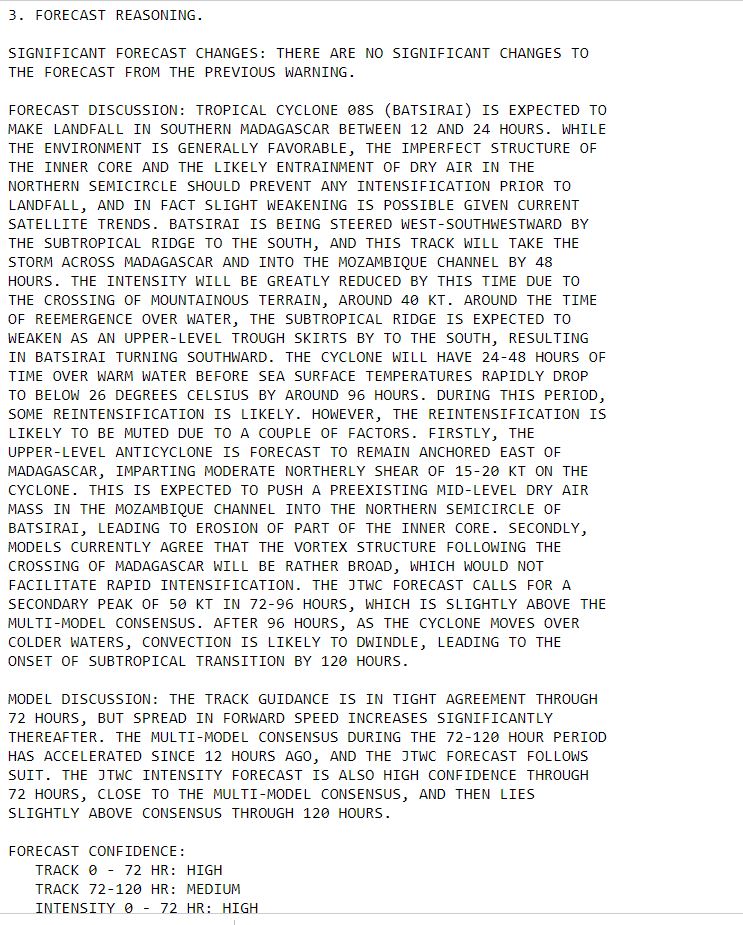
This is the UK-Met model's solution at 120 hours. As the AccessG model is associated with the UK-Met model (which only runs for 144 hours) for this reason I am discounting it in this scenario. The ECMWF and GFS models are the two tropical phenomena specialist models. 

Here we see the ECMWF models 120-240 hour prognostication.
And here's the GFS 120-240 hour prognostication.
The main difference at the starting point is that the GFS is expecting four lows two strong & two weak and this results in a sharply different outcome.
The main difference at the starting point is that the GFS is expecting four lows two strong & two weak and this results in a sharply different outcome.
But the important point to note is that both the ECM and GFS solutions bring these low systems in a South Westerly direction into the Tasman Sea - thereby continuing the current stormy weather over NZ.
Here we see GFS (left) & ECMWF (right) PWAT position at 120 hours.

Here we see GFS (left) & ECMWF (right) PWAT position at 120 hours.


Here is how the ECMWF model scenario unfolds from 8-13th Feb - the far north and most of the North Island is effected with very significant rain here from 9-11 Feb.
The GFS solution is a lot worse. Significant weather impact begins on 9th Feb and then gets a lot worse from the 11th as a mass of very wet air pushes directly south over NZ.
The GFS model runs for another 6 days and shows the burst of northerly moisture pushing due south and impacting the South Island + an NW atmospheric river and what looks like a cyclone headed in from the NE.
At this range this modelling is a bit science fiction-y mind.
At this range this modelling is a bit science fiction-y mind.
DISCLAIMER: Everything beyond five days is s somewhat speculative (and gets more so the further out the simulation), but it does illustrate how potentially hazardous the existing climate change impacts are on NZ. We would do well to heed these warnings and prepare.
/ENDS
@Threadreaderapp unroll
@Threadreaderapp unroll
• • •
Missing some Tweet in this thread? You can try to
force a refresh















